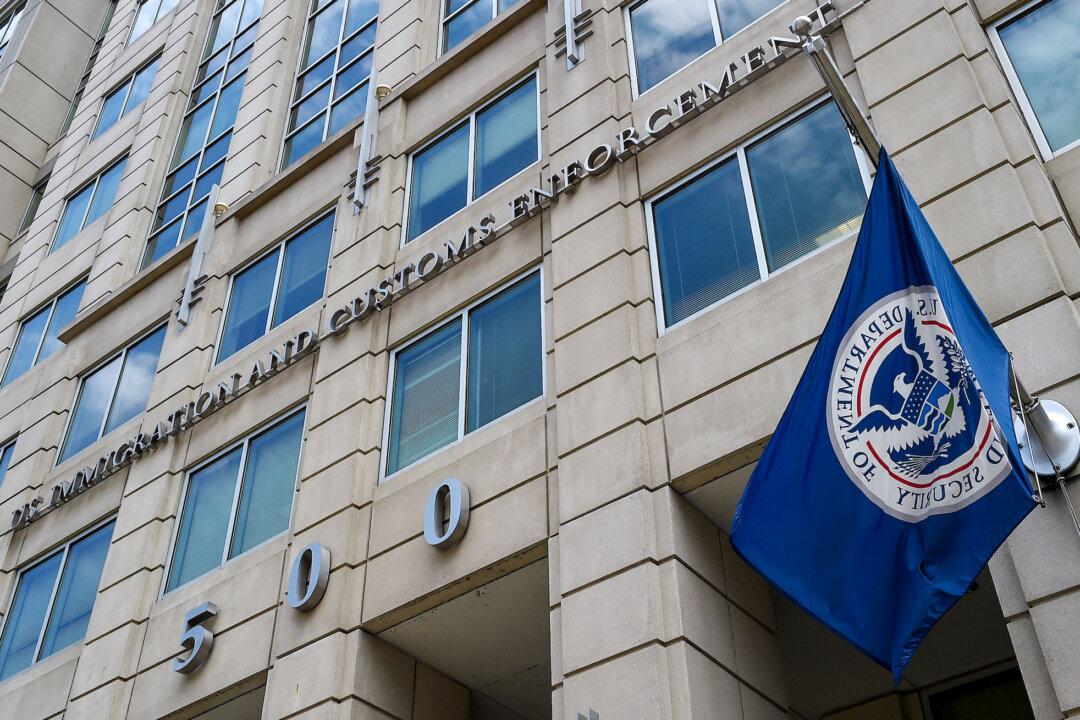The International Monetary Fund (IMF) has warned of a disorderly repricing in markets, saying global financial stability risks have increased “substantially” amid heightened volatility, greater uncertainty, and a series of “cascading shocks.”
‘Storm Clouds On the Horizon’
Warning of a “series of cascading shocks,” the IMF said in the overview to its latest Global Financial Stability Report that markets have been “extremely volatile” while a deterioration in market liquidity seems to have amplified price moves.“The global environment is fragile with storm clouds on the horizon,” Adrian wrote.
He noted that financial conditions were tightening as central banks hike rates to confront “the specter of stubbornly high inflation.”
Strains have emerged in global financial markets, with stresses showing up in cross-currency funding and a deterioration in market liquidity across key asset classes.
“There is a heightened risk of rapid, disorderly repricing which could interact with—and be amplified by—pre-existing vulnerabilities and poor market liquidity,” Adrian wrote.
Bigger firms have seen their profit margins squeezed amid the challenging macroeconomic and policy environment, while bankruptcies have risen among smaller businesses due to declining financial support and higher borrowing costs, the IMF said.
Higher interest rates have pushed mortgage rates sharply higher and tightened lending standards, with the IMF warning of the potential for housing-market-related risks.
Uncertainty ‘So High’
The IMF said that a “delicate balance” is needed to navigate the current environment of high inflation and tighter financial conditions.On the one hand, central banks should be resolute to bring inflation down and prevent future inflation expectations from becoming de-anchored, the IMF said.
“At the same time, the tightening of financial conditions needs to be calibrated carefully, to aim at avoiding disorderly market conditions that could put financial stability unduly at risk,” Adrian wrote.
“It’s difficult to think of a time where uncertainty was so high,” Adrian said at the press conference.
“We have to go back decades to see so much conflict in the world, and at the same time inflation is extremely high.”
Nick Reece, vice president of macro research and investment strategy at Merk Investments, told The Epoch Times in an emailed statement that signs of financial instability have emerged internationally, which could lead central banks to rethink their pace of policy tightening.
“Generally, a gradual tightening of financial conditions is welcomed by central banks, but uncontrolled financial instability is not,” Reece said.
Dysfunction has shown up in the UK bond market, prompting the British central bank to intervene. Stress has also started to show up in the global dollar funding market and there’s been an uptick in demand for the Fed’s swap lines, he said.
“Further signs of global financial instability could cause the Fed and other central banks to back off, although by that point the damage would likely have been done—making a soft landing unlikely,” Reece said.
IMF Managing Director Kristalina Georgieva said on Oct. 10 that the risk of recession has risen. She estimated that, by the end of next year, around one-third of the world economy will have seen at least two consecutive quarters of negative growth, the common rule-of-thumb definition for a recession.
“The total amount that would be wiped out by the slowdown of the world economy is going to be—between now and 2026—$4 trillion,” she said. “This is the size of Germany’s GDP—gone.”
The U.S. economy recorded two consecutive quarters of negative growth this year, meeting the common definition for recession.





